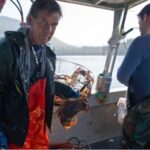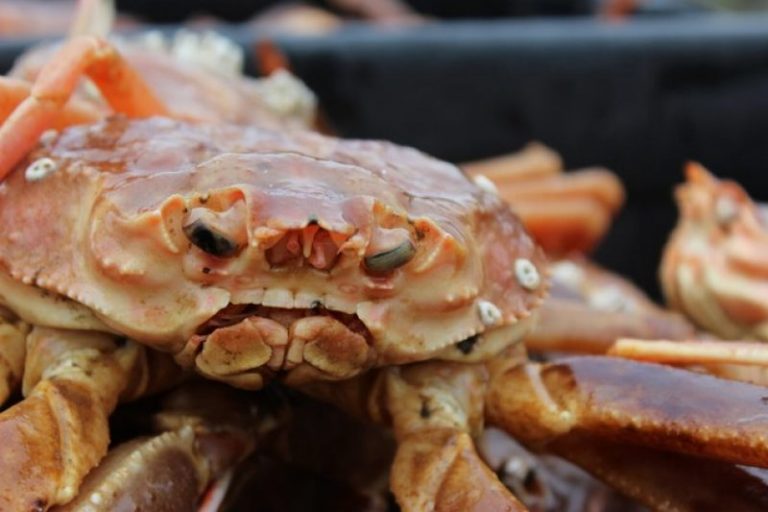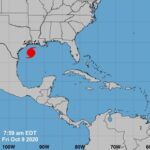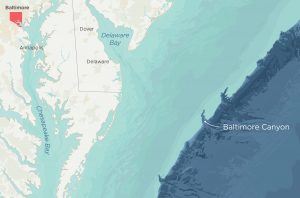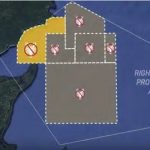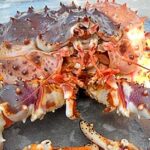Tag Archives: Heriot-Watt University

Scallop dredging kit change could reduce impact on environment
Scientists from the Low Impact Scallop Innovation Gear project, led by Heriot-Watt University, fitted “skids” to the bottom of standard spring-toothed scallop dredges and monitored them during trials with commercial scallop fisheries in Scotland and Wales. They found the skid, which lifts the metal bags a mere 10cm off the seabed, helped reduce damage to bottom-dwelling species and fauna. Due to the metal skids adding weight to the boats, the commercial fisheries involved in the trials closely monitored the amount of fuel consumed during each expedition. >click to read< 10:47

Oil rigs and offshore wind farms may contribute to the spread of non native species
Scientists are investigating what role oil rigs and offshore wind farms play in supporting marine wildlife and the spread of non-native species. The base and legs of platforms, subsea pipelines and wind turbines can be home to different species. The animals include mussels, barnacles, shrimp-like amphipods and anemones. “We want to understand what could happen to the North Sea ecosystem if oil rigs are decommissioned, or offshore wind farms are installed. >click to read< 15:21:44
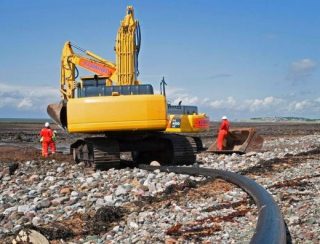
Undersea Power Cables – Electromagnetic fields have complex and possibly harmful effects on the valuable brown crab.
Over the past 10 years, Scotland has installed thousands of offshore wind turbines in the North Sea and is starting to deploy marine energy devices that generate power from tides and waves. It’s a green energy push that is slowly being replicated in coastal areas the world over. Though these installations are reducing coastal threats such as oil spills, they have the potential to cause other, more subtle, problems for marine life. From each offshore wind and tidal turbine, power cables snake to shore, connecting to power banks, converters, and the wider electrical grid. But these electrified cables could have odd and unexpected effects on seafloor life. >click to read<08:43

Deep-water experiment reveals lobsters’ appetite for jellyfish
A team from Heriot-Watt University was surprised to find lobster scaring off other marine life in order to eat defrosted helmet jellyfish carcasses which has been attached to an underwater camera and lowered 250 metres in the Sognefjorden in western Norway. The experiment was designed to find out which deep-water species were most attracted by a jellyfish dinner, with hagfish and amphipods expected to be interested. But it was the Norway lobster – worth around £80 million to Scottish fishing catches – that was most keen and ate half of the jellyfish. click here to read the story 10:15

































